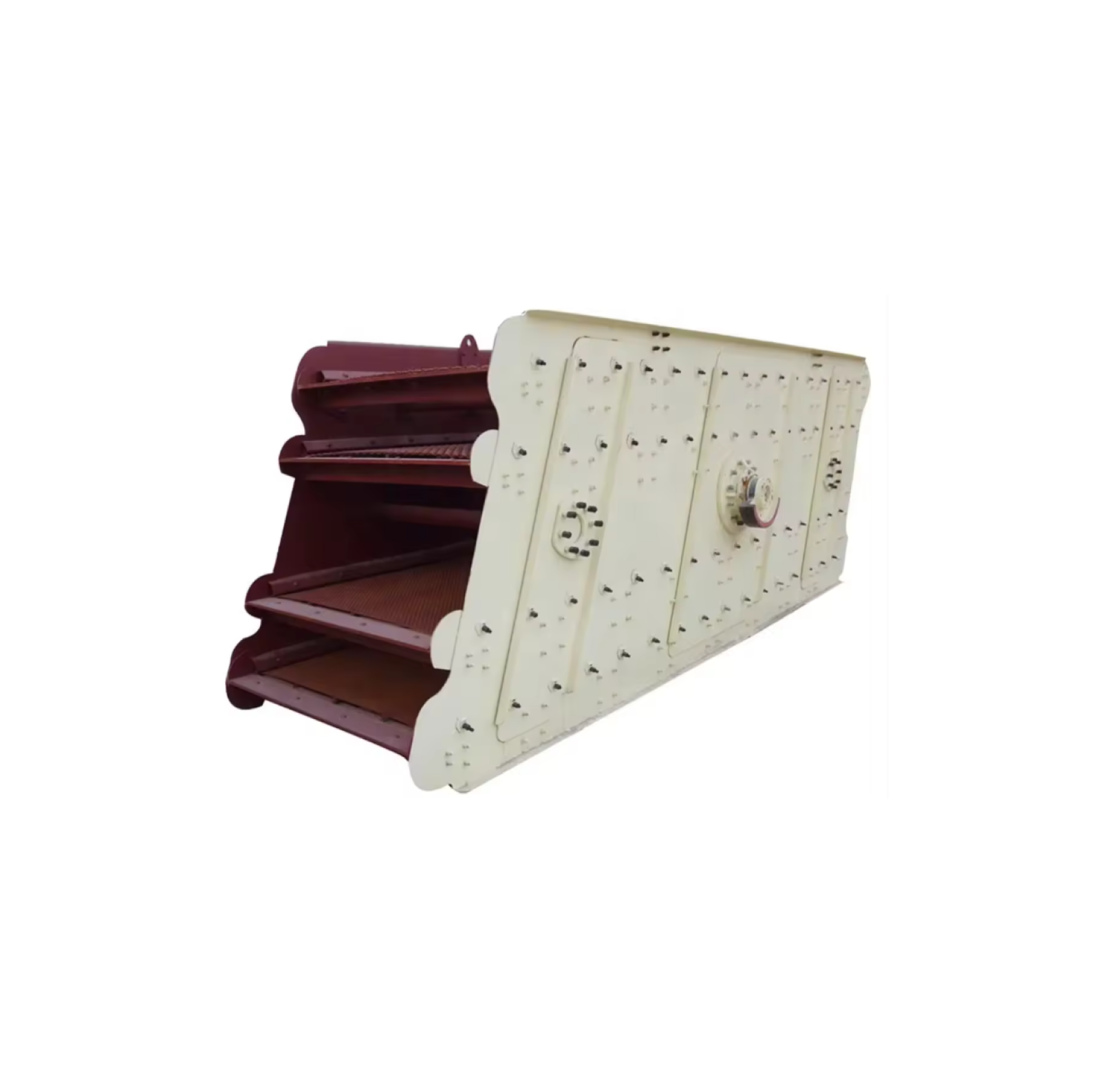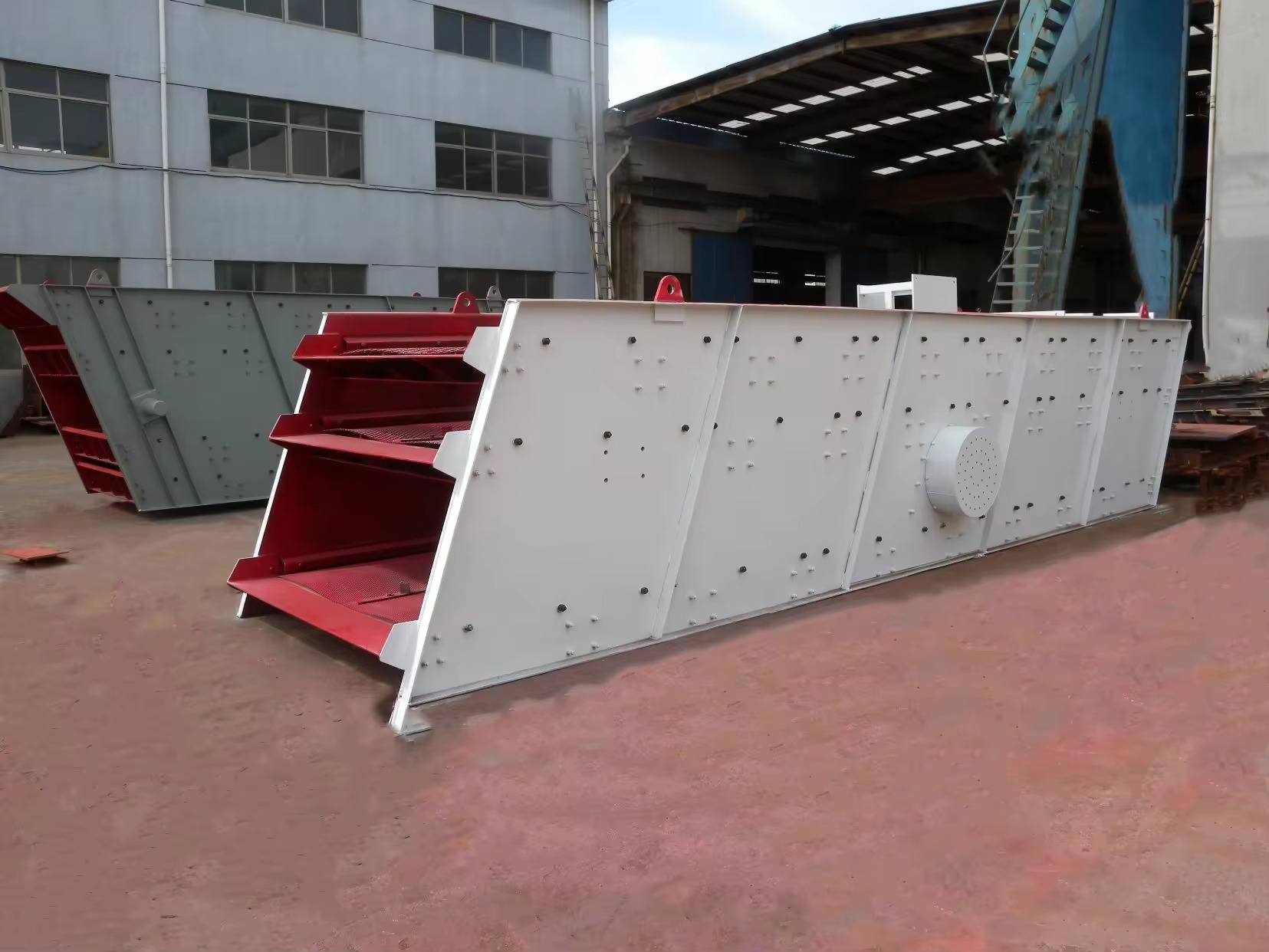In today's industrial environment, vibrating screen is an important screening equipment, and its performance directly affects production efficiency and product quality. Choosing the right vibrating screen material can not only improve work efficiency, but also save costs for the enterprise.
Different materials have different requirements for the material of the vibrating screen. For example, when dealing with abrasive materials, materials with good wear resistance should be selected, while for corrosive materials, anti-corrosion materials should be considered. Therefore, when choosing materials, you must first have a comprehensive understanding of the characteristics of the materials to be screened.
In addition to material properties, working environment conditions are also an important factor in determining the selection of vibrating screen materials. For example, in high or low temperature environments, some materials may not be able to withstand extreme conditions, resulting in equipment damage. Therefore, ensuring that the selected material can adapt to the working environment can ensure the long-term stable operation of the equipment.
The screening effect is directly related to the quality of the product, so it is very important to choose the right material. Due to their physical properties, some materials may affect the aperture of the screen and reduce the screening effect. We must carefully analyze the impact of different materials on the screening effect and choose the best solution.

Choosing the right vibrating screen material is a complex decision that requires comprehensive consideration of multiple factors such as material properties, working environment, and screening effect. I hope this article can provide you with valuable reference when choosing vibrating screen materials to improve your work efficiency and screening quality.

